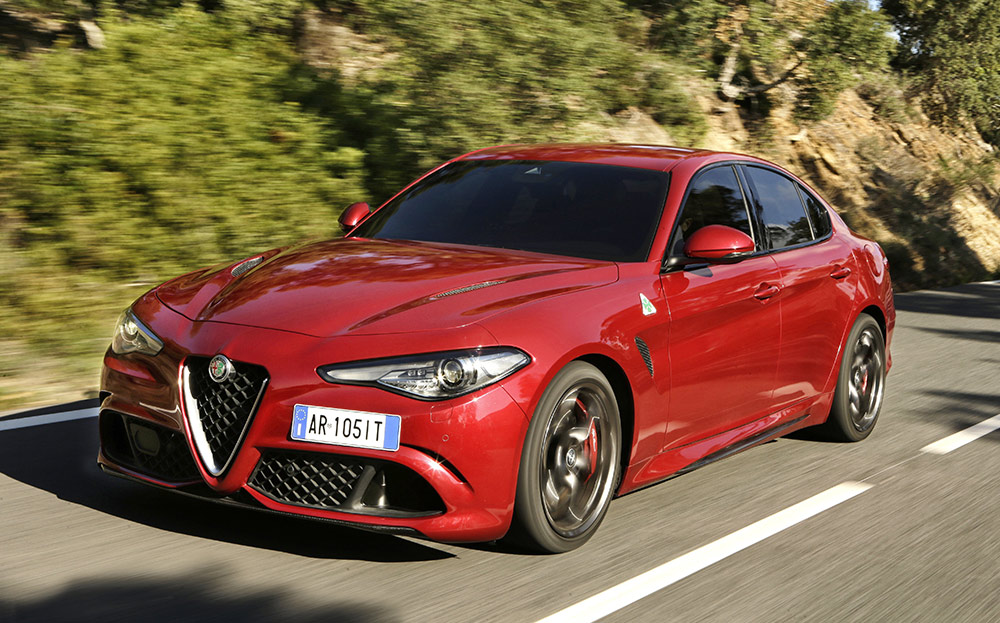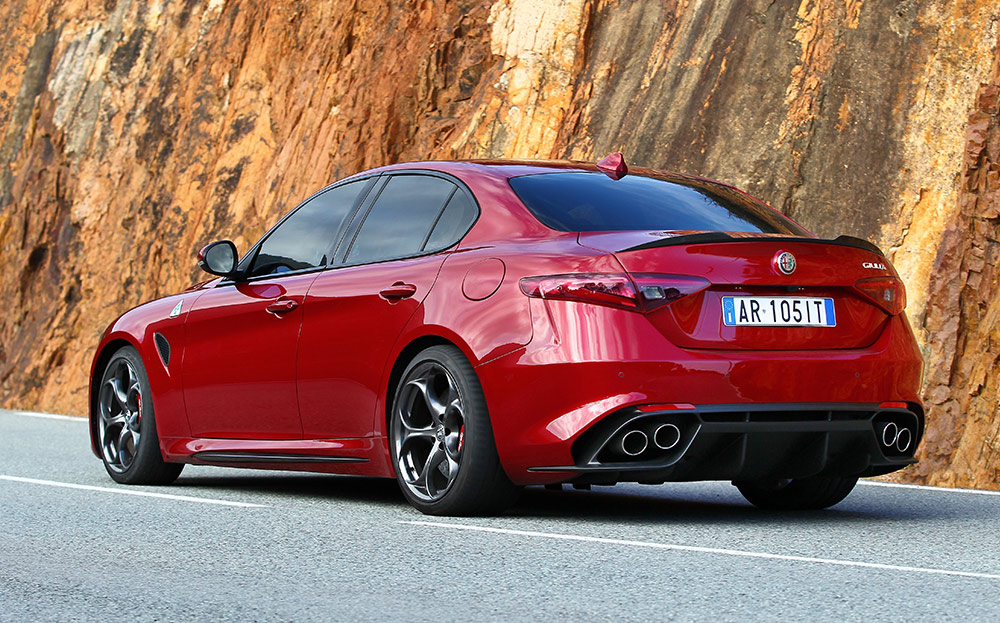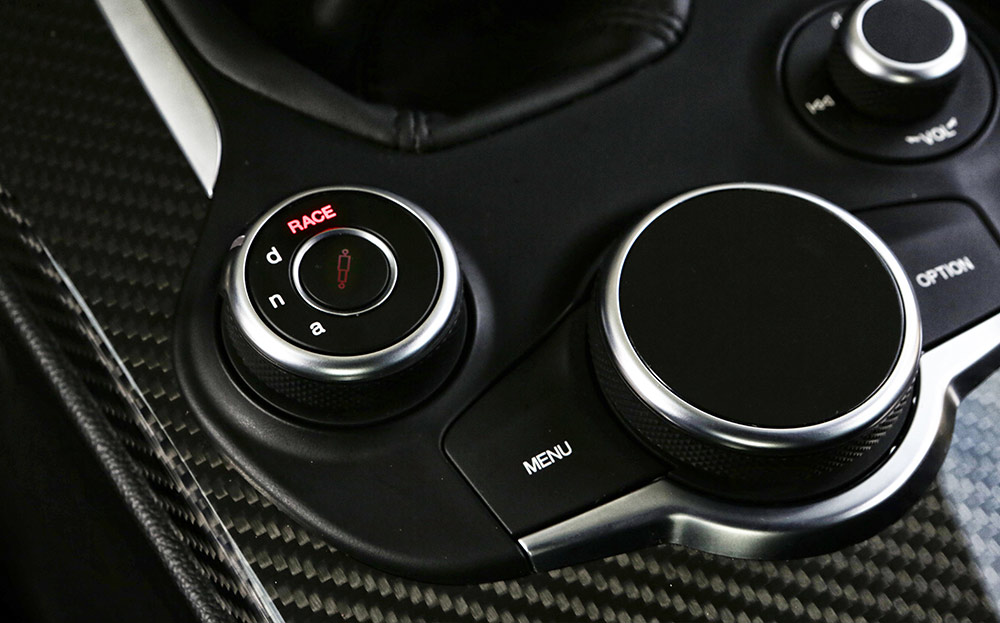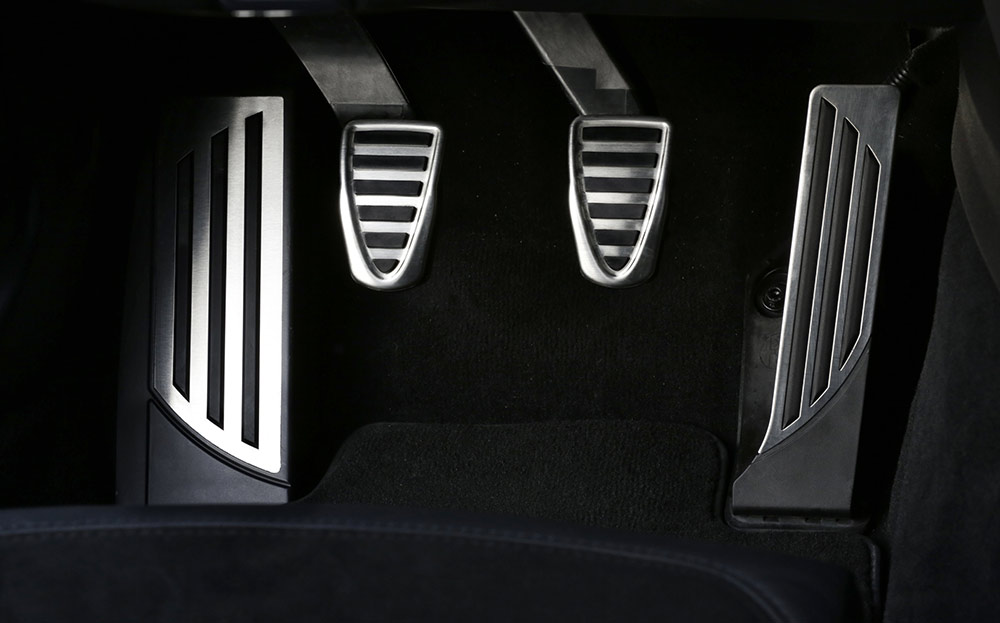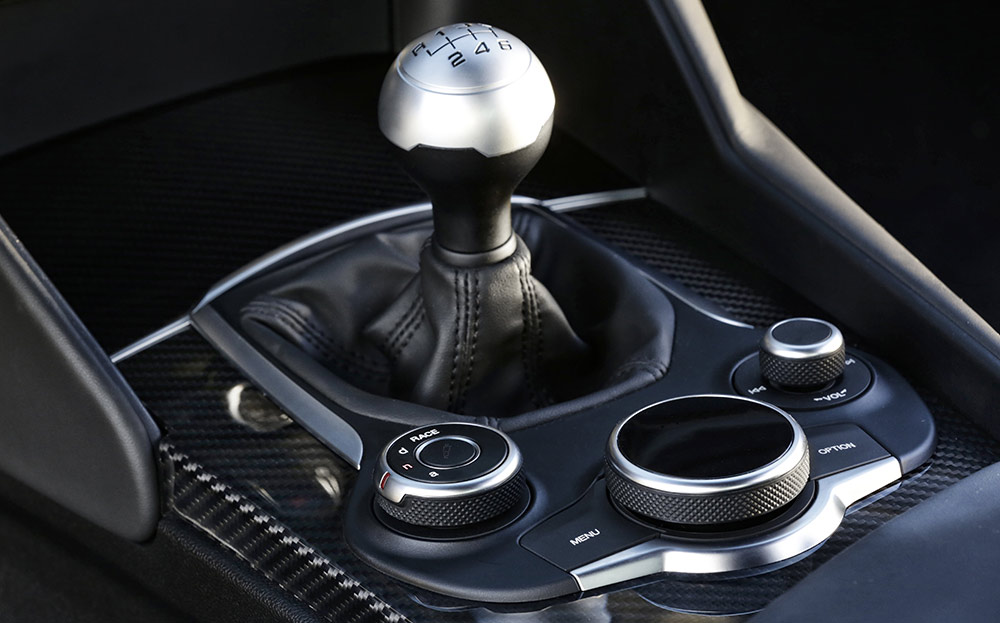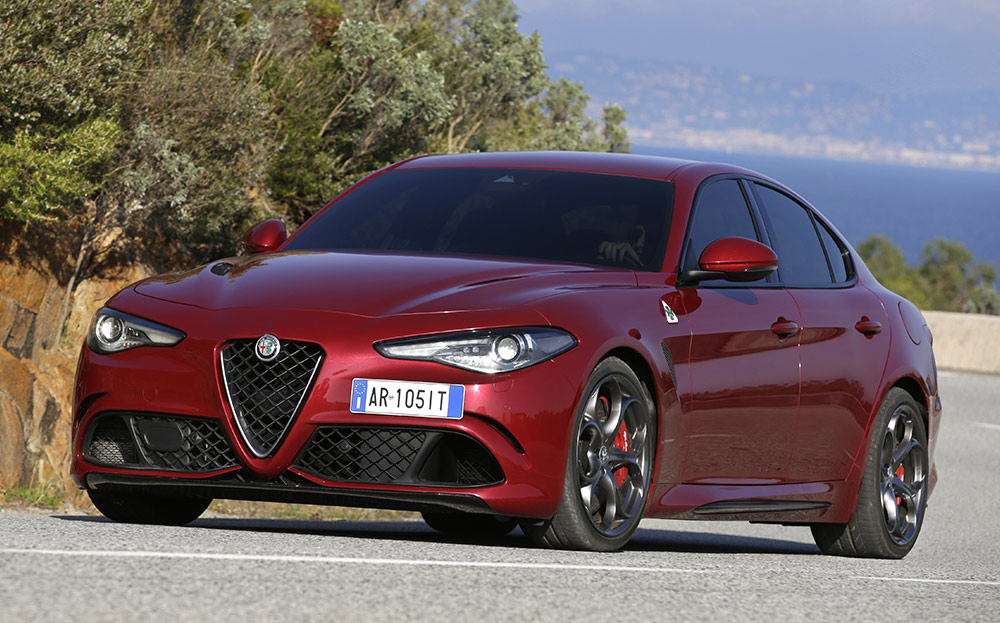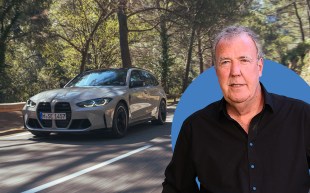The Clarkson Review: 2016 Alfa Romeo Giulia Quadrifoglio Verde
Foot down, I’m in clover
I’VE WAITED nearly three decades for this car. The Alfa Romeo Giulia Quadrifoglio Verde. An Alfa Romeo that isn’t just a rebadged Fiat. An Alfa Romeo that has rear-wheel drive and serious power. An Alfa Romeo that you would actually want to buy.
Or would you? Well, for the purposes of this test I’m going to set aside my love of Alfas, which is profound. It’s so profound that I even manage to love the 4C, a car so riddled with faults, it should have been called the San Andreas.
I will even defend the old 75, even though its handbrake cut your fingers off every time you used it, the electric window switches were in the roof and it had been styled by someone who had only a ruler.
View the Alfa Romeos for sale on driving.co.uk
Here, however, there will be no misty-eyed ramblings about Dustin Hoffman, or the engine note of the GTV6, or the days when Alfa’s racing cars tore around those hay bales, making their driver’s face all oily. No. I’m going to review the Giulia Quadrifoglio (four-leaf clover) in the same way as I’d review a BMW or a Mercedes. I’m going to review it simply as a car. A tool. A thing.
We shall start with its faults. And that brings us directly to the driver’s door, which is either too small or in the wrong place. I can’t work out which, but, whatever, getting out is like getting out of a postbox. The only way you can do it with any dignity is by pushing the steering wheel as far forward as it will go, and that’s a nuisance.
This brings us on to the steering wheel, which, as is usual these days, is festooned with buttons, none of which is lit at night. So when you want to turn up the volume on the stereo, as often as not you engage the cruise control. Which you then cannot turn off without reaching for your phone and turning on the torch feature.
By which time you’ll have run out of petrol. It’s not an uneconomical car, especially, but it’s fitted with a 58-litre tank. And 58 litres is known in scientific circles as “not quite big enough”.
Other things? Well, for a car that’ll cost just shy of £60,000, the quality of the interior fittings is not as good as you might expect. The green and white stitching is wonderful to behold, but the plastics are a bit airline cutlery and the sat-nav screen is about the size of a stamp. Also, the knobs and buttons are a bit cheap. You’d have to say this doesn’t feel the sort of top-quality item you’d get from, say, Audi. The engine, for example, wobbles when you slam the door.
So it’s hard to get out of, it’s poorly finished, it has a smallish range and the engine is mounted to the car with Blu-Tack. Those are the drawbacks. That’s what you’d have to put up with if you bought one. But don’t worry, because there are some upsides as well, most of which are stratospheric.
“Naturally, there’s a button that makes the car even fizzier and even a setting called Race… I’d leave that alone on the road if I were you”
Let’s start with the headline. This car, this four-door saloon, which is priced to take on BMW’s 155mph M3, has a top speed of 191mph. That’s possible because of the Alfa’s smooth and magnificently sonorous 2.9-litre V6 turbo engine.
Ferrari — which is controlled by the Agnelli family behind Fiat, the owner of Alfa — is adamant that it’s not the same unit it fits to the California, with two cylinders lopped off. The fact that the two engines have the same bore, stroke and V angle is a coincidence, it says. As is the fact that in both the twin-scroll turbo is in the V of the engine, providing instant punch whenever the driver so much as twitches his little toe.
You are perhaps aware that some of the time it’s not the torquiest engine in the world, which means you have to fish around rather more than you’d imagine in the clever eight-speed automatic gearbox. But to compensate, you get 503 horsepowers. This means you need to be careful when you’re fishing, because, God, this car is quick. Laugh-out-loud quick.
And it’s an absolute joy to drive. The steering is fast — there are only two turns lock to lock, which means you need almost no input at all to go round a roundabout. And on a sweeping A-road you can steer, really, by thought.
Then there are the brakes. My car was fitted with £5,000-worth of carbon-ceramic discs, which were tuned perfectly. You can press the pedal much harder than you think is realistic before the antilock system cuts in, and, of course, fade won’t be a problem.
Naturally, there’s a button that makes the car even fizzier and even a setting called Race, which turns the traction control off. I’d leave that alone on the road if I were you. On a track I had a play and was sideways constantly. A feat made ever so easy because the Quadrifogliettore has what amounts to a limited-slip differential.
The man who project-managed the Quattroformaggio cut his teeth on the Ferrari 458 Speciale. And it shows. It’s not just the big flappy paddles that are fixed to the column, as they should be, or the moving spoiler at the front; it’s the whole DNA of the car. If Ferrari made a mid-sized, four-door car, you suspect it would feel and go exactly like this.
Do not think, however, that it’s uncivilised in any way. Even though it sits on tiny wheels and rides close to the ground, and even if you have the suspension in “bumpy” mode, it is remarkably smooth. Its ability to deal with potholes is uncanny. And while it makes a racket, with added gunfire on the upshifts, it is extremely quiet when you’re inside.
Browse NEW or USED cars for sale on driving.co.uk
Space? Well, the boot is fine, but the back is a squash, chiefly because my car was fitted with optional carbon front seats, which were enormous. That said, they were very comfortable. So comfortable that after a three-hour schlepp to Wales, I got out — after a bit of a struggle, I admit — and felt as though I’d just popped to the shops.
Then I went for some fun in the Brecon Beacons, and it was sublime. The fast throttle response, the fast steering and the preposterous rate at which the speedometer climbs combine to make this car feel extremely special. Maybe an M3 would last longer, and maybe fewer knobs would fall off. But the M3 has wonky steering and feels heavy compared with the Alfa and . . . I can’t believe I’ve just written that.
What I’m saying here, in this straight, no-cocking-about road test, is that Alfa Romeo has made a car dynamically better than the BMW. And it has. It really has. This is Iceland beating England. And I couldn’t be more pleased.
Also read: James Mills’s first drive review of the 2016 Alfa Romeo Giulia Quadrifoglio Verde
Write to us at driving@sunday-times.co.uk, or Driving, The Sunday Times, 1 London Bridge Street, London SE1 9GF


